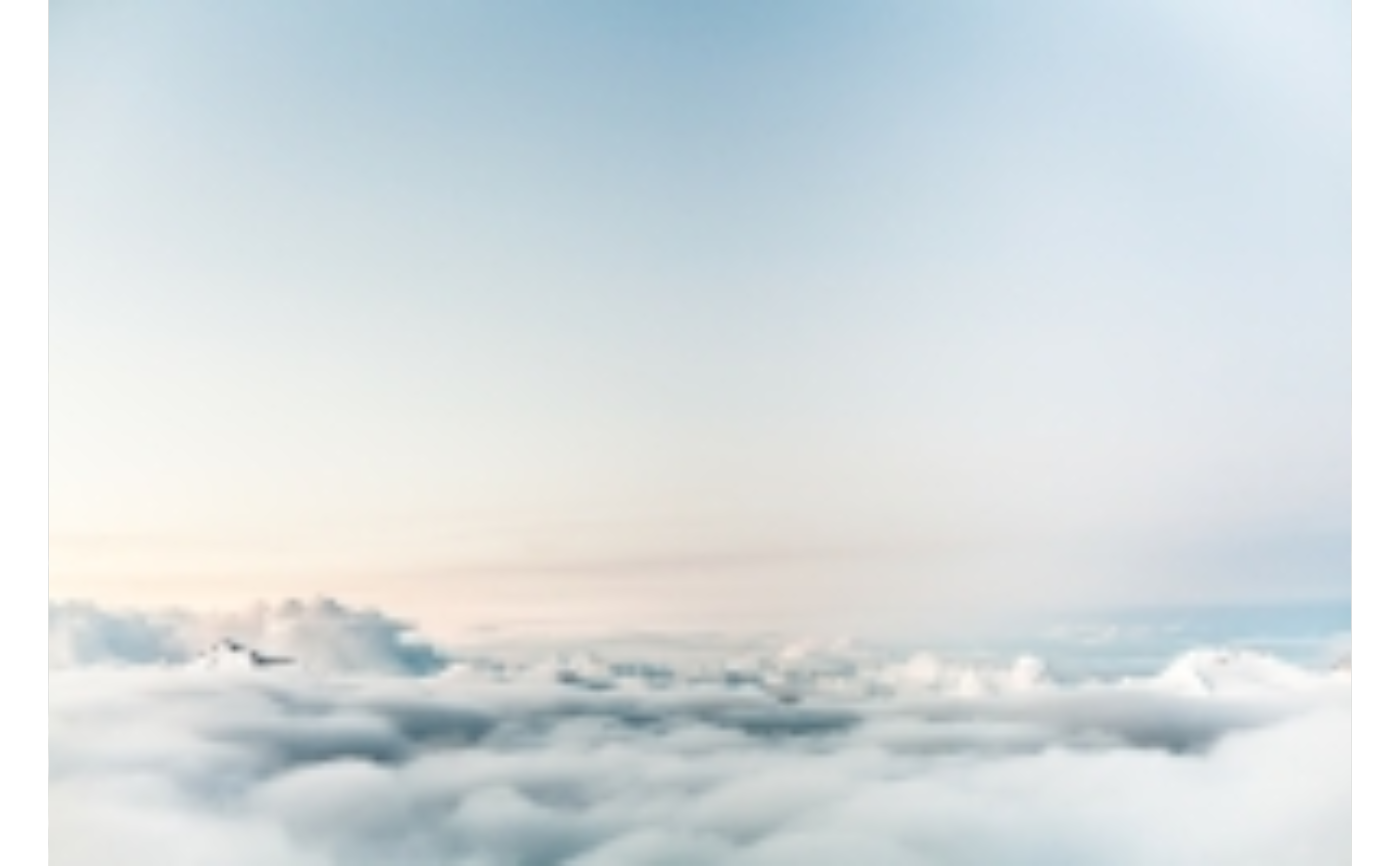img_complexity returns the complexity of an image via image
compression. Higher values indicate higher image complexity.
img_complexity(imgfile, algorithm = "zip", rotate = FALSE)Arguments
- imgfile
Either a character string containing the path to the image file (or URL) or an an image in form of a matrix (grayscale image) or array (color image) of numeric values representing the pre-loaded image (e.g. by using
img_read()).- algorithm
Character string that specifies which image compression algorithm to use. Currently implemented are
zipwith deflate compression (default),jpg,gif, andpng.- rotate
logical. Should the compressed file size of the rotated image also be computed? (see details)
Value
a numeric value: the ratio of the compressed divided by the uncompressed image file size
Details
The function returns the visual complexity of an image. Visual complexity is calculated as ratio between the compressed and uncompressed image file size. Preferably, the original image is an uncompressed image file.
The function takes the file path of an image file (or URL) or a pre-loaded
image as input argument (imgfile) and returns the ratio of the
compressed divided by the uncompressed image file size. Values can range
between almost 0 (virtually completely compressed image, thus extremely
simple image) and 1 (no compression possible, thus extremely complex
image).
You can choose between different image compression algorithms. Currently
implemented are zip with deflate compression (default), jpg,
gif, and png. See Mayer & Landwehr (2018) for a discussion of
different image compression algorithms for measuring visual complexity.
As most compression algorithms do not depict horizontal and vertical
redundancies equally, the function includes an optional rotate
parameter (default: FALSE). Setting this parameter to TRUE
has the following effects: first, the image is rotated by 90 degrees.
Second, a compressed version of the rotated image is created. Finally,
the overall compressed image's file size is computed as the minimum of
the original image's file size and the file size of the rotated image.
As R's built-in bmp device creates (a) indexed instead of
True Color images and (b) creates files with different file sizes depending
on the operating system, the function relies on the magick package
to write (and read) images.
References
Donderi, D. C. (2006). Visual complexity: A Review. Psychological Bulletin, 132, 73--97. doi:10.1037/0033-2909.132.1.73
Forsythe, A., Nadal, M., Sheehy, N., Cela-Conde, C. J., & Sawey, M. (2011). Predicting Beauty: Fractal Dimension and Visual Complexity in Art. British Journal of Psychology, 102, 49--70. doi:10.1348/000712610X498958
Mayer, S. & Landwehr, J, R. (2018). Quantifying Visual Aesthetics Based on Processing Fluency Theory: Four Algorithmic Measures for Antecedents of Aesthetic Preferences. Psychology of Aesthetics, Creativity, and the Arts, 12(4), 399--431. doi:10.1037/aca0000187
See also
Examples
# Example image with high complexity: trees
trees <- img_read(system.file("example_images", "trees.jpg", package = "imagefluency"))
#
# display image
grid::grid.raster(trees)
#
# get complexity
img_complexity(trees)
#> [1] 0.8949686
# Example image with low complexity: sky
sky <- img_read(system.file("example_images", "sky.jpg", package = "imagefluency"))
#
# display image
grid::grid.raster(sky)
 #
# get complexity
img_complexity(sky)
#> [1] 0.4199254
#
# get complexity
img_complexity(sky)
#> [1] 0.4199254